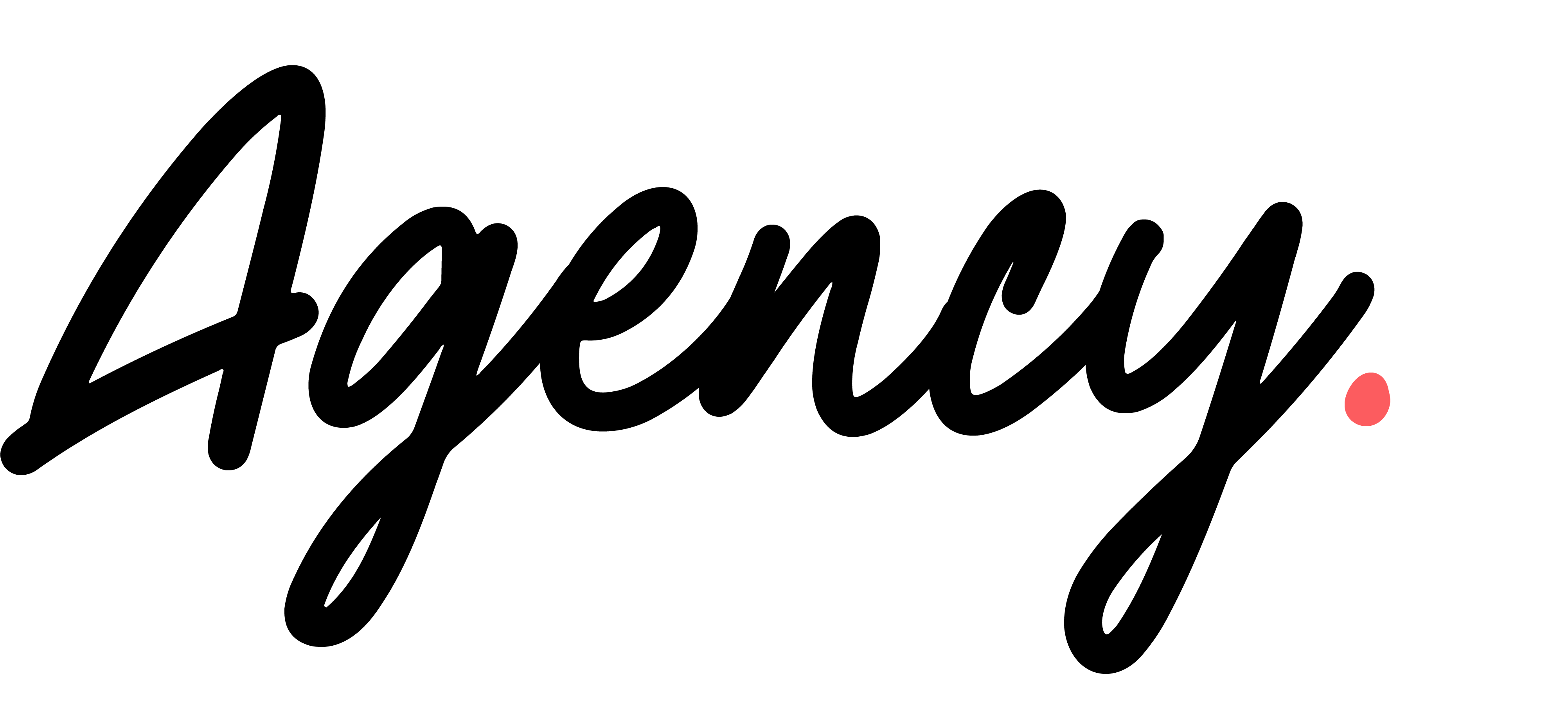How Motion Design Transforms Your Brand Identity
- Kitti Derda

- Mar 22
- 3 min read
In a world where attention spans are shrinking, standing out is crucial for any brand. Static logos and visuals have their place, but they often fail to capture the dynamic essence of what a brand represents. Motion design changes that. With its ability to engage, inform, and entertain, motion design is quickly becoming an essential tool for businesses looking to enhance their brand narrative and connect meaningfully with their audience.

What is Motion Design?
Motion design blends graphic design principles with animation techniques to create visually compelling content. This can include everything from animated logos and eye-catching infographics to engaging explainer videos that narrate your brand's story. Unlike static visuals, motion design adds movement, which can captivate viewers and evoke emotions more effectively. For example, 80% of marketers have reported increased engagement after implementing motion graphics in their campaigns, showcasing how impactful this approach can be.
Enhancing Engagement
One of the standout advantages of motion design is its ability to grab and hold audience attention. A study by Wistia found that viewers are 2.5 times more likely to watch a video to its completion versus reading text on the same topic. When you include motion elements in your brand identity—like a lively logo animation or dynamic visuals on your website—you create a more interactive user experience. This compels users to explore more of your content.
Engaging visuals not only elevate user interaction but also foster deeper connections. According to a study by Brigham Young University, audiences who view a motion graphic are more likely to retain information about the brand, boosting brand recall by 65%. This can lead to stronger brand loyalty over time.
Storytelling Through Motion
Storytelling is a powerful aspect of branding. Motion design helps brands convey their story in a captivating way. Consider a company that engages viewers with an animated journey showing how their product is made, highlighting its authenticity and craftsmanship. This visual narrative can resonate on an emotional level, creating memorable experiences that can lead to customer loyalty.
Using motion design to simplify complex ideas is particularly effective. For instance, if you’re a tech company introducing a new application, an animated explainer video can illustrate the app’s features and benefits clearly. This helps potential customers understand how the product can improve their lives, breaking down communication barriers often seen with traditional methods.
Building Consistency
Consistency is vital for establishing a strong brand identity, and motion design can strengthen brand recognition. A cohesive animation style across all platforms ensures that your brand appears unified and professional. Think about the ease with which you identify brands like Apple or Coca-Cola; their visual elements, including animations, create a striking familiarity.
Research from the Nielsen Norman Group indicates that consistent brand presentation can increase revenue by up to 33%. Having a unique motion design style not only enhances recognition but also establishes credibility and fosters trust among consumers. This professional touch signals that you care about quality, setting a foundation for growth and customer fidelity.
Adapting to Modern Communication
In a digital landscape dominated by social media, the importance of motion design has never been more apparent. Platforms like Instagram and TikTok thrive on video content, making it essential for brands to embrace motion design techniques. A remarkable statistic from HubSpot states that video content is shared 1,200% more times than text and images combined, highlighting the need for brands to adapt to meet audience expectations.
With video content on the rise, brands that leverage motion design can effectively engage with modern audiences. By utilizing short, animated clips, companies can connect with younger consumers who favor engaging, fast-paced content over lengthy articles.
Final Thoughts
Incorporating motion design into your brand identity is not merely a trend; it represents a strategic opportunity to engage, inform, and connect authentically with your audience. From boosting engagement and enhancing storytelling to promoting consistency and adapting to contemporary communication styles, motion design holds transformative potential. As the digital landscape evolves, harnessing motion design can help your brand stand out in a crowded marketplace. Now is the time to explore how this dynamic approach can elevate your brand identity and truly resonate with your target audience.






Comments